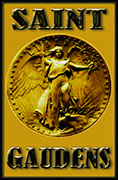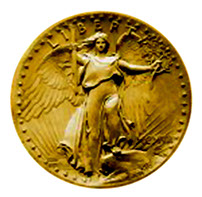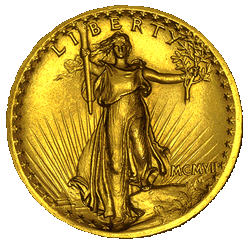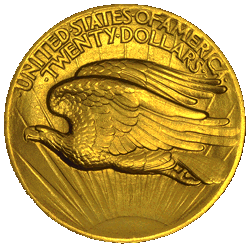








Saint Gaudens Press is proud to have been an innovator in production of ebooks and on demand printing of traditional paper books. Use of these innovative digital technologies allows Saint Gaudens to produce quality book products at lower production costs. These new technologies also allow Saint Gaudens to dramatically reduce the turn-around time to produce new book projects, while increasing value to readers and support of our authors.
Founded in 1989, Saint Gaudens Press is an independent small press, publishing books and ebooks. We have offices in Santa Barbara, California and {Phoenix, Arizona. Our current booklist includes literary fiction, non-fiction, science fiction/fantasy and public interest books. We are actively expanding our booklist to include romance, fantasy and popular market books. Our Duclerc imprint will handle popular romance and erotic fiction. Saint Gaudens Press books and ebooks are sold through your local bookstore, Amazon.com, Apple, BN.com, and many other retailers, as well as through our own website store.

About Our Saint Gaudens Colophon
A publisher's trademark is called a colophon. Our Saint Gaudens colophon is derived from the most famous work of our namesake, Augustus Saint Gaudens. Augustus Saint Gaudens was the pre-eminent American sculptor of the latter decades of the 19th century. In 1907, just before his death, he accepted a commission from President Teddy Roosevelt to design a new series of coins for the US Mint. Saint Gaudens designed several proofs for various coins. His design for the penny lost out to the new design we now know as the Lincoln Cent, but his designs for gold coins were recognized for their beauty and accepted by Roosevelt and US Treasury officials. His design for the $20 gold piece became known as the Saint Gaudens Double Eagle.
That "Walking Liberty" design is still used today by the US Mint for the Gold Eagle US bullion coin. Among the sample versions designed by Saint-Gaudens for the coin which were not accepted were various designs which included Miss Liberty wearing an Indian headdress and having angel's wings.
Our Saint Gaudens colophon is a unique variant with Liberty as a triumphant winged angel, but with no feathered headdress. The variant of Saint Gaudens' work depicted above and as used in our colophon is unique to Saint Gaudens Press and its use is restricted as our trademark.



In 1905, while touring the Smithsonian Institute, President Theodore Roosevelt marveled at the ancient Greek coinage on display and asked himself why American coinage seemed so "bland." Compared to Greek coinage, Roosevelt felt that our nation's coins were "artistically of atrocious hideousness." The beauty of the classic Greek coins crystallized his decision to launch new designs for the whole range of U.S. coins.
Roosevelt felt that coins were more than round bits of metal--he felt that they reflected a country's greatness. By 1905, America had grown to become one of the most powerful nations on earth. Roosevelt wanted to see coin designs that would reflect America's pre-eminent status.
The president contacted the artist who had created his 1905 inauguration medallion, Augustus Saint-Gaudens. He asked the aging sculptor to produce a new series of coins. For a fee of $5,000, Saint-Gaudens agreed to produce a variety of coins similar to the ancient Greek coins which Roosevelt admired.
Unfortunately, Saint-Gaudens died of cancer before his task was completed, but his majestic Double Eagle $20 gold piece is considered to be the most beautiful coin of all time and, to this day, it is the most famous of all of Saint-Gaudens' works of art.
On the obverse of the coin, Liberty is portrayed striding toward the viewer into the dawn of a new day. In her right hand is a torch held aloft, and in her left hand is an olive branch. The Capitol building can be seen in the background to the lower left. At the top is the word LIBERTY and around the border are 46 stars representing the states of the Union in 1907. The setting for the obverse was taken from Saint-Gaudens' much acclaimed Victory, a sculpture that is part of the Sherman Monument in New York City's Central Park. The reverse of the coin depicts an American eagle in flight above the sun's rays, with the inscription UNITED STATES OF AMERICA TWENTY DOLLARS arching across the top.
When Theodore Roosevelt first viewed Saint-Gaudens' Double Eagle design, he knew that the artist had created a coin that would be admired for ages. What he did not know, however, was that a quarter-century later, his cousin, Franklin Delano Roosevelt, would confiscate all privately-owned gold and most of these beautiful works of art would be melted into lifeless bars.